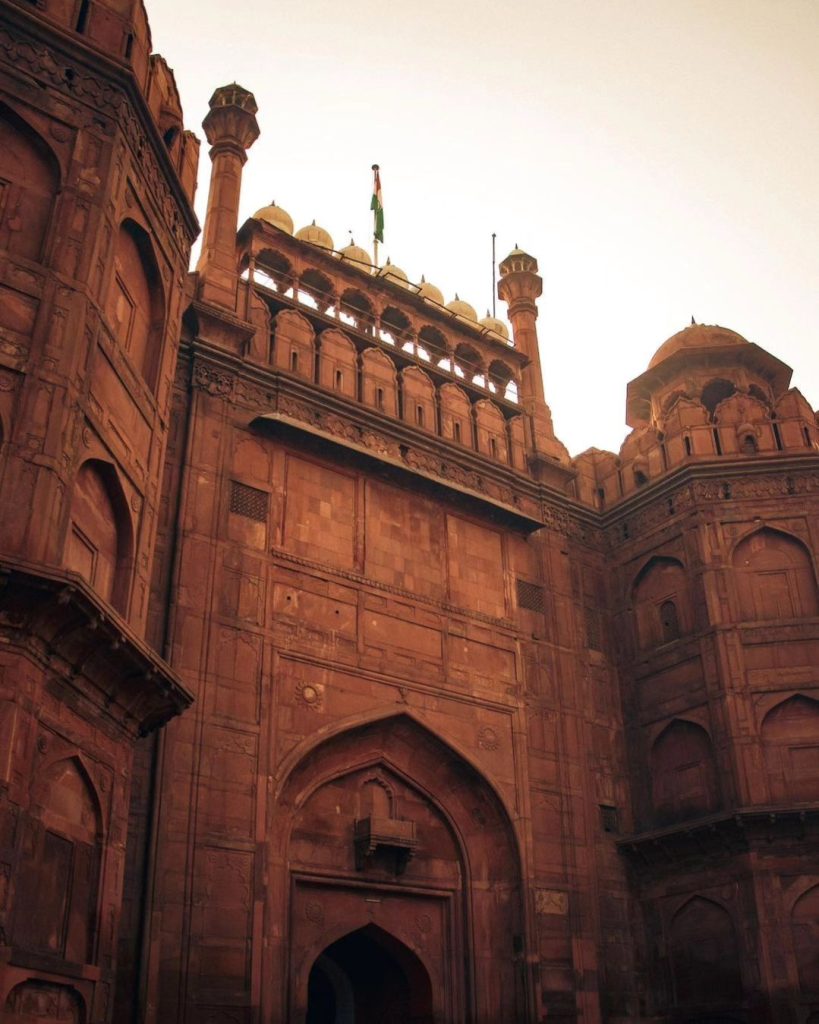Part One:
In the first part of our journey, we traveled from Dhaka to Kolkata and then from Kolkata to Delhi. Now, in the second part, we will explore the places to visit in Delhi before taking the night Uttar Sampark Kranti Express to Jammu Udhampur. We have arrived in Delhi, checked into a hotel in Paharganj for the day, and are ready to discover the city’s rich history and vibrant culture.
Description of Delhi:
Living in Dhaka, I am accustomed to bustling cities. Now, standing in Delhi, the capital of India, I find a city teeming with life along the banks of the Yamuna River. Exploring the places to visit in Delhi, I discover how it blends ancient architecture with modern chaos, much like Dhaka. The remnants of Sultanate, Mughal, and British rule coexist here, reflecting a storied past that resonates with my own city’s heritage.
Time changes many things, and Delhi is no exception. The blend of old and new has transformed it into New Delhi, yet it carefully preserves its memories.
Exploring Delhi:
We set out to see the places to visit in Delhi by metro, first stopping at Chandni Chowk. This bustling market reminded me of old Dhaka with its narrow lanes and vibrant shops. Our first stop was the Gurdwara Sis Ganj Sahib, a historic Sikh shrine. Even at the end of November, the weather in Delhi was pleasantly mild, with a light breeze enhancing our exploration.
Chandni Chowk:
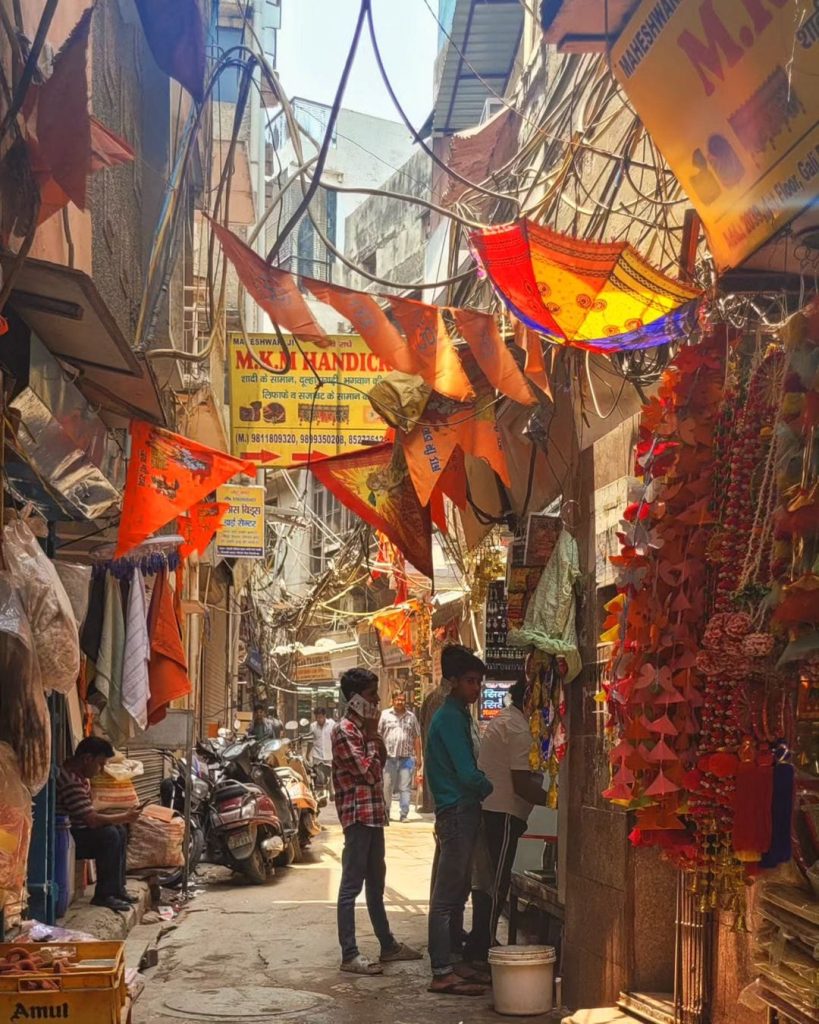

Chandni Chowk is one of the oldest and busiest markets in Old Delhi. It offers a sensory overload with its vibrant shops, bustling crowds, and the aroma of street food wafting through the air. Walking through its narrow lanes, you can find everything from jewelry to electronics, traditional Indian sweets to the latest fashion. The market’s historical significance is palpable, making it one of the top places to visit in Delhi.
Gurdwara Sis Ganj Sahib:
One of the first landmarks we visited in Chandni Chowk was the Gurdwara Sis Ganj Sahib. This Sikh shrine was established in 1783 to commemorate the martyrdom site of Guru Tegh Bahadur, the ninth Sikh Guru. The gurdwara stands as a symbol of faith and history, with its golden domes shining brightly under the Delhi sun.
Red Fort:
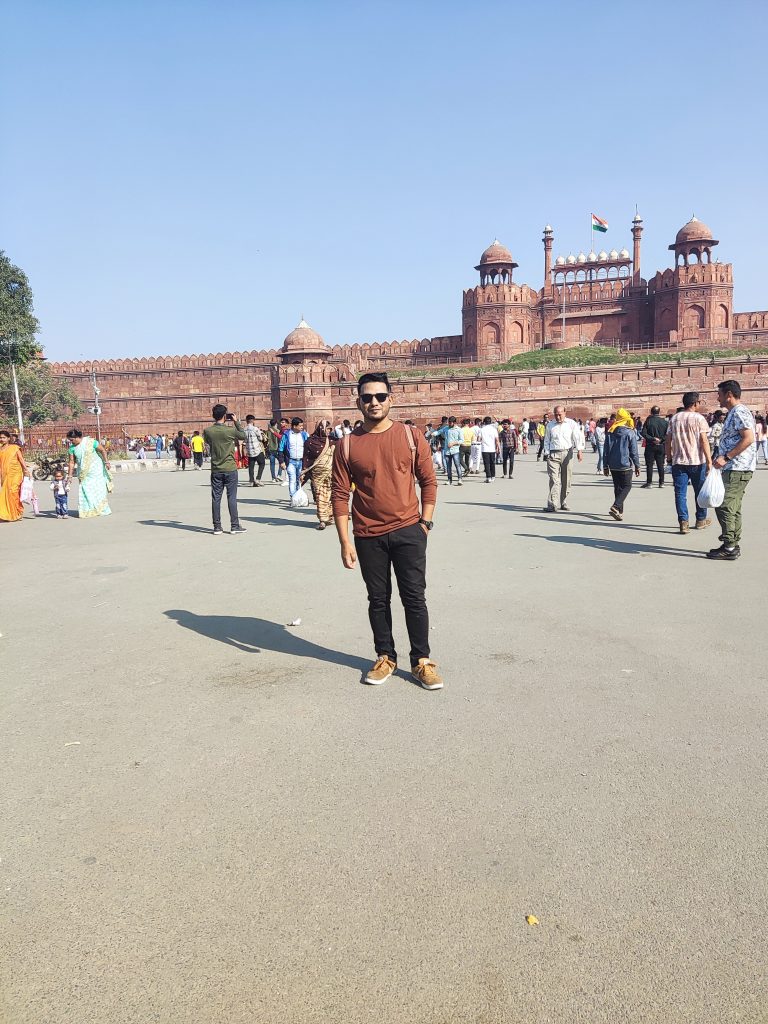

As we walked along Chandni Chowk Road, history seemed to come alive with every step. Soon, we saw the majestic Red Fort in the distance, another iconic place to visit in Delhi.
The Red Fort, built by Emperor Shah Jahan, served as his residence along the Yamuna River. Despite the ravages of time, it stands tall, captivating visitors with its intricate design. We bought tickets and entered the fort, eager to explore its Mughal relics. The white marble structure, painted red by the British, once housed the famed Kohinoor diamond and other precious jewels. Despite historical upheavals, the fort remains a major tourist attraction in Delhi.
Inside, we explored several key structures:
- Diwan-i-Aam: The Hall of Public Audiences where the emperor addressed the public. This hall is known for its high arches and was the place where the emperor would listen to the grievances of the common people.
- Diwan-i-Khas: The Hall of Private Audiences, which once housed the Peacock Throne. This hall, adorned with marble pillars and intricate inlays, was where the emperor would meet dignitaries and state guests.
- Rang Mahal: The Palace of Colors, known for its stunning interiors and water channels that kept the palace cool. The walls and ceilings of Rang Mahal were once decorated with mirrors and colorful designs, reflecting the opulence of the Mughal era.
Towards Jama Masjid:
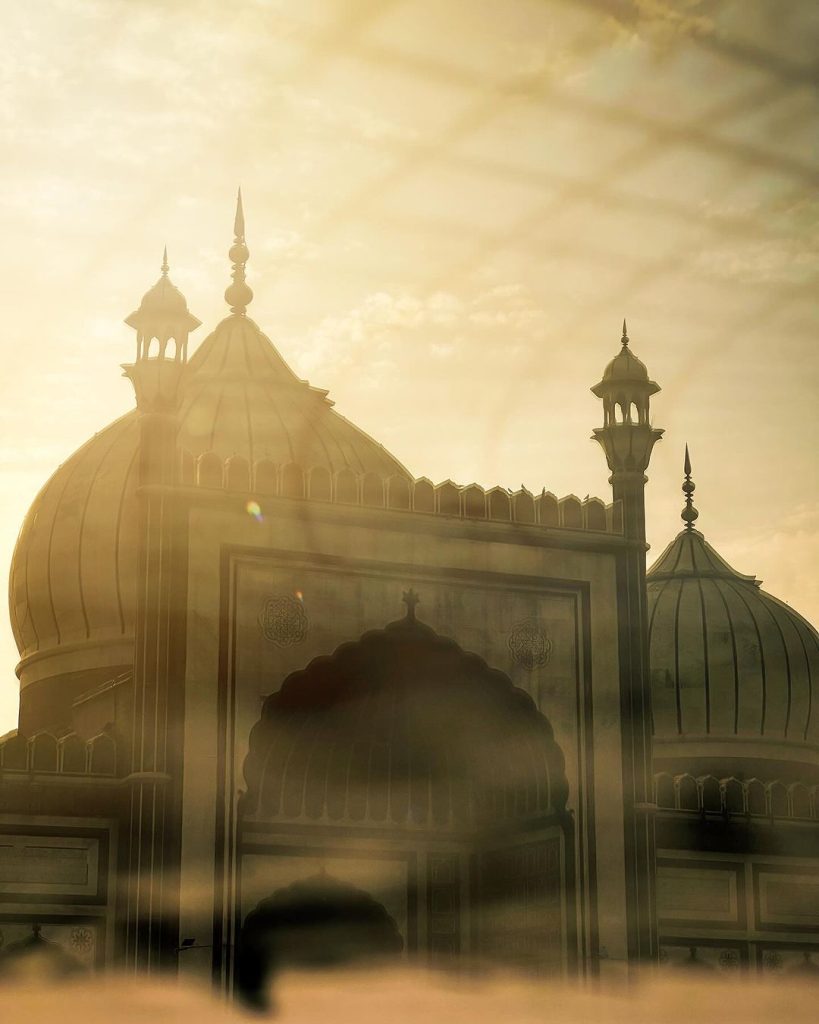

As time passed, we left the Red Fort and headed towards Jama Masjid, another must-see place to visit in Delhi. It was 4 PM, and the mosque’s surroundings were bustling with food stalls and people. The call to Asr prayer echoed in the air, making the place feel both familiar and sacred. Built by Shah Jahan, the Jama Masjid took six years and five thousand workers to complete. Its grandeur and simplicity have preserved the essence of religion and society for over three centuries.
Jama Masjid:
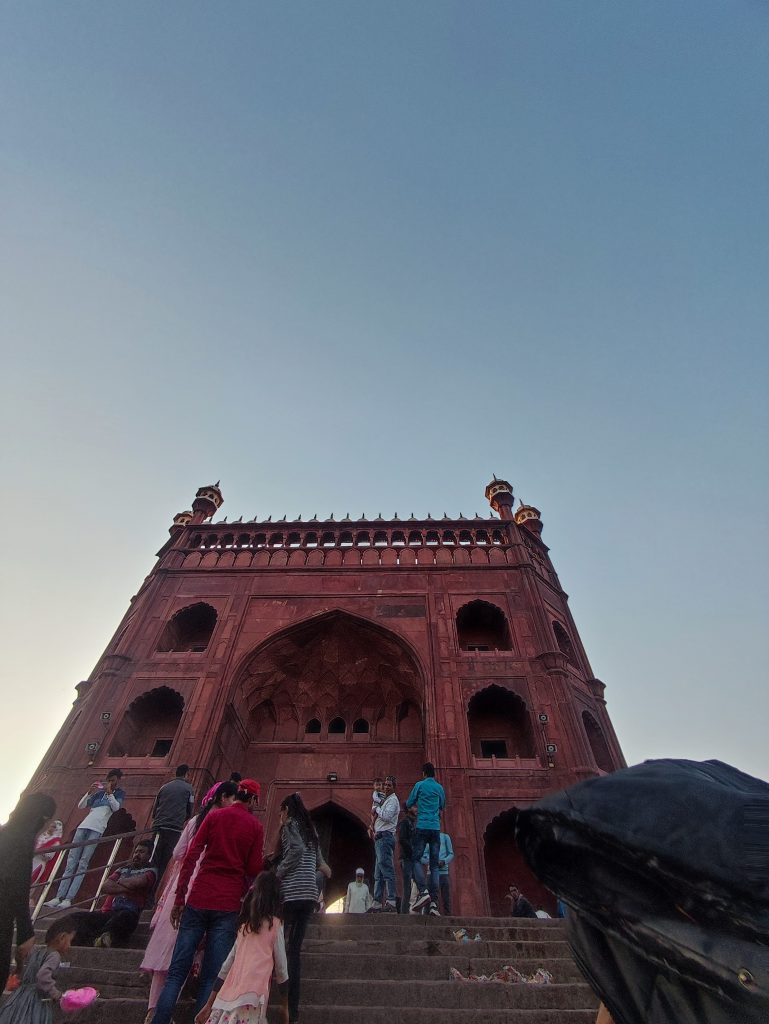

Jama Masjid is not just an architectural marvel but a vibrant center of human activity. In the evening, the mosque’s courtyard is bathed in golden sunlight, and flocks of pigeons create a beautiful spectacle. As the muezzin’s call invites everyone to prayer, the mosque blends seamlessly with its lively surroundings, making it one of the top places to visit in Delhi.
The mosque features:
- The Central Courtyard: It can accommodate up to 25,000 worshippers. The expansive courtyard is a place where people gather for prayers, sit and reflect, or simply enjoy the serene atmosphere.
- Three Great Gates: Each gate leads into the mosque, with the southern gate being the main entrance. The gates are grand and imposing, reflecting the architectural style of the Mughal era.
- Four Towers and Two Minarets: Offering a panoramic view of Delhi. Climbing one of the minarets provides a breathtaking view of the city’s skyline, with landmarks visible in all directions.
Evening at Jama Masjid:
We climbed the mosque’s stairs, admiring its intricate craftsmanship. After performing ablution and Asr prayer, we sat for a while, soaking in the Mughal era’s legacy. The mosque’s peaceful environment provided a stark contrast to the bustling market outside. As evening approached, we left the mosque, ready to return to the hotel and catch our train to Jammu Udhampur. The tales of the Mughals will continue when we reach Kashmir and visit Pari Mahal. For now, we relish the winter charm of Delhi.
Additional Places to Visit in Delhi:
While Chandni Chowk, Red Fort, and Jama Masjid are highlights, there are other places to visit in Delhi that are equally fascinating:
- India Gate: A war memorial dedicated to Indian soldiers who died during World War I. The surrounding gardens and the evening lights make it a popular spot for locals and tourists alike.
- Qutub Minar: The tallest brick minaret in the world, this UNESCO World Heritage site is an architectural marvel from the 12th century.
- Humayun’s Tomb: The garden tomb of the Mughal Emperor Humayun, it is considered a precursor to the Taj Mahal and another UNESCO World Heritage site.
- Lotus Temple: Known for its flower-like shape, this Bahá’í House of Worship is open to people of all religions and is famous for its serene environment and unique architecture.
- Akshardham Temple: A modern Hindu temple complex known for its stunning architecture, exhibitions, and a musical fountain show.

